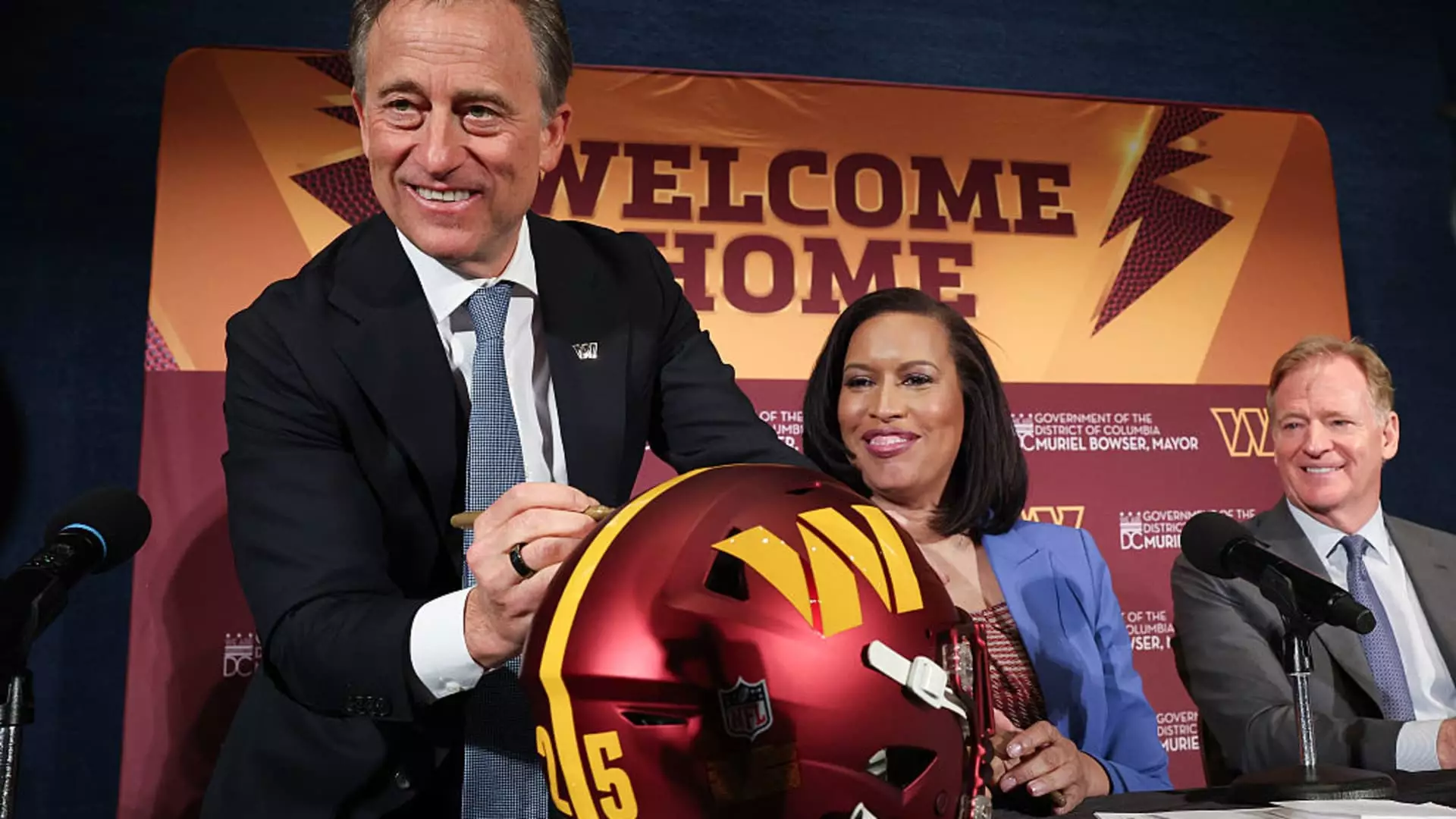In recent years, the sporting world has seen an unprecedented consolidation of power among private equity investors, with figures like Josh Harris leading the charge. Harris’s conglomerate, Harris Blitzer Sports & Entertainment (HBSE), exemplifies this trend—an empire built through strategic investments in top-tier sports franchises. From NFL’s Washington Commanders to NBA’s Philadelphia 76ers, Harris’s portfolio highlights a shifting landscape where private wealth translates directly into sports dominance. Unlike traditional public ownership, which often faces pressure from shareholders and short-term valuation swings, Harris’s approach underscores a deliberate strategy centered on long-term gains and private control. Averting the volatility of public markets seems to be a calculated move, emphasizing stability and strategic investment over fleeting shareholder approval.
This concentrated power accrues immense value—HBSE’s estimated worth of nearly $15 billion underscores how private capital can elevate sports assets into lucrative, high-profile conglomerates. New acquisitions, like the upcoming WNBA team, further expand their influence, shaping the future face of sports ownership. Such dominance indicates a clear preference among elite investors for private control, which grants flexibility and strategic patience that public markets typically deny. This raises an important question: will the insatiable appetite for sports valuation lead these conglomerates to pursue an initial public offering (IPO) in the future? The answer, according to Harris, seems unequivocal—most will not.
The Reluctance to Go Public: Private Insulation and Long-Term Vision
Harris’s skepticism about floating sports assets on the stock exchange captures a fundamental truth. Private ownership affords unprecedented control—an essential advantage in a sector where winning on the field directly correlates with valuation. When teams are public, managers often grapple with short-term pressures from shareholders demanding immediate profits, which can undermine long-term investments necessary for sustained success.
Despite the alluring valuation premiums that sometimes come with public listings, Harris points out that these often translate into undervalued assets when compared to private valuations. For instance, the rarity of public teams like the Knicks and Rangers trading below their intrinsic worth underscores the difficulties in accurately valuing sports assets in the unpredictable public arena. Such undervaluation discourages teams from seeking IPOs, because owners like Harris prefer the strategic freedom that private markets provide—especially when making long-term investments such as stadium relocations or franchise rebuilds.
Furthermore, Harris emphasizes that the culture of private ownership aligns more naturally with the sport’s fundamentals. Teams are, after all, assets built for generational continuity—things that do not necessarily fit within the dime’s cycle of quarterly reporting and shareholder activism. The desire for financial flexibility ensures that owners can prioritize winning and community investment, rather than merely maximizing short-term stock price. These considerations reinforce why most major sports entities remain steadfastly private, resisting the allure of the public markets despite their capital advantages.
The Strategic Benefits of Private Control in a Competitive Market
Ownership among high-net-worth individuals and private equity firms like Harris’s underscores a broader strategy—harnessing long-term vision with minimal interference. NFL’s recent adjustments allowing private equity minority stakes offer a glimpse into how the league is accommodating this new breed of investor. Harris praises this move, noting it allows investors to inject capital without gaining control, preserving owners’ ability to pursue their own vision.
This strategic flexibility grants owners the ability to undertake major projects—like Harris’s successful $3.7 billion stadium relocation—without the immediate scrutiny that public ownership invites. Such megaprojects are inherently long-term and risky, often taking years before generating profits. Public markets, with their relentless demand for instant growth, are ill-suited to support such endeavors. Harris’s approach indicates that elite ownership prefers to insulate themselves from market volatility, ensuring they can prioritize winning and community benefits over quarterly earnings.
The trend will likely intensify as more wealthy investors recognize that the true value of sports franchises lies in their long-lasting cultural and economic impact. Keeping these assets private prevents external pressures from diminishing strategic capabilities. As leagues continue to open doors to private investment, this model may become more entrenched, consolidating wealth and influence into the hands of those who see sports as a long-term, strategic asset rather than a short-term financial vehicle. This approach ensures that control remains centralized, and the game remains aligned with the priorities of serious investors, rather than fleeting market sentiments.

